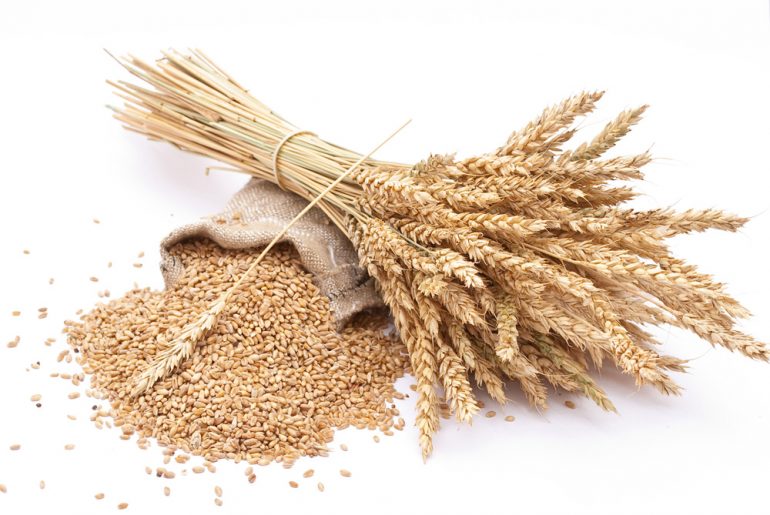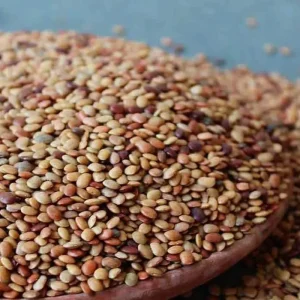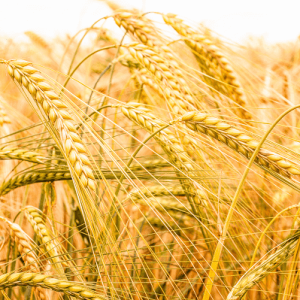Description
While wheat isn’t native to India and therefore not as traditionally integrated into Ayurvedic practices as some other grains, it still holds potential within that framework. Here’s how you can approach crafting Ayurvedic descriptions for wheat products in your store:
- Doshic Balance: Wheat is considered predominantly Kapha-increasing, due to its heavy, moist, and sweet qualities. However, depending on the preparation and consumption, it can be balanced for other doshas:
- Vata: Sprouted wheat is lighter and drier, making it more Vata-friendly. Roasting wheat also reduces its Kapha-increasing qualities.
- Pitta: Pairing wheat with cooling ingredients like ghee or coconut milk can help counteract its Pitta-aggravating nature.
- Digestive Considerations: Wheat can be difficult to digest for some, especially those with Vata or Kapha imbalances. Soaking, sprouting, or fermenting wheat can improve its digestibility.
- Nutritional Powerhouse: Wheat is a good source of carbohydrates, protein, fiber, iron, B vitamins, and magnesium. It also contains gluten, which can be problematic for individuals with celiac disease or gluten sensitivity.
- Ayurvedic Uses: While not traditionally Ayurvedic, wheat can be used in recipes with ingredients that balance its Kapha-increasing properties. For example, wheat porridge with ghee and spices can be warming and nourishing for Vata types.
- Modern Considerations: The rise of awareness about gluten intolerance and alternative grains might influence customer choices. Consider offering gluten-free options or highlighting the benefits of alternative grains like millets.








Reviews
There are no reviews yet.